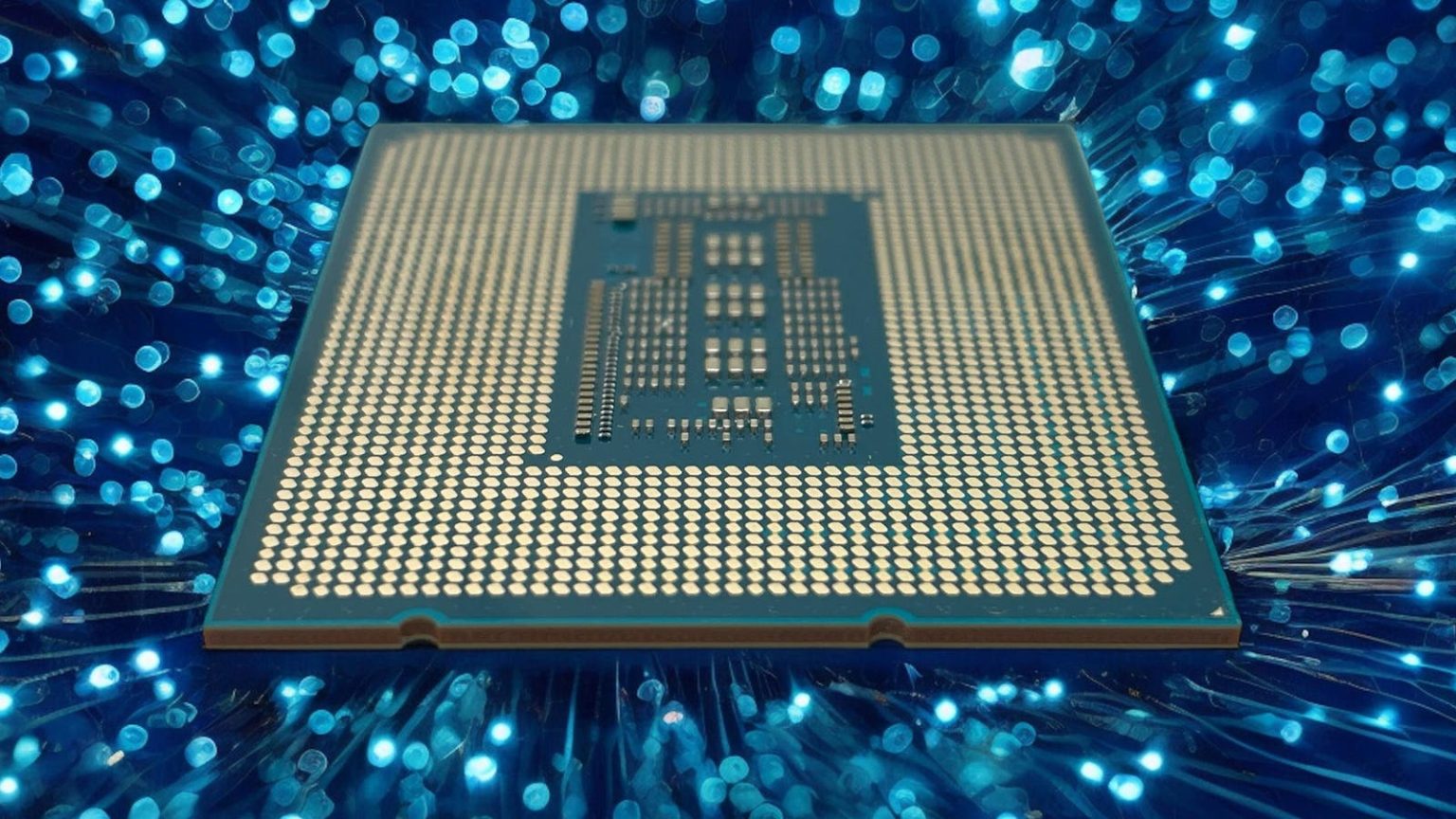Intel is gearing up to release its 15th Generation Arrow Lake processors later this year, which will replace the current 14th Gen models. This launch will take place around the same time as AMD’s Zen 5-based Ryzen 9000 processors. A new Core Ultra 200 naming scheme has been revealed, marking a departure from the previous naming convention of Core ix model numbers. It seems that Intel is making significant changes to its lineup for 2024.
One major change rumored for the Arrow Lake CPU lineup is the abandonment of Hyper-Threading. This feature, which allows for additional threads of work to be allocated to processor cores, has both benefits and drawbacks. While it can boost performance in multi-threaded workloads, it also leads to higher power consumption and temperatures. With Intel’s recent struggles in these areas, it is understandable why they may have made this decision. However, ditching Hyper-Threading also poses risks, such as potentially lower multi-threaded performance.
With the introduction of the Arrow Lake processors, Intel will also be rolling out a new processor socket – LGA1851. This means that current CPUs and motherboards will not be compatible with the new processors, necessitating the purchase of a new motherboard for anyone looking to upgrade to a Core Ultra 200 processor. It remains to be seen whether older CPU coolers will be compatible with the new socket, but initial indications suggest that most should work.
In addition to the new CPU socket, Intel will also be moving away from DDR4 memory support in favor of DDR5 memory. While it kept DDR4 support on lower-end motherboards with the LGA1700 platform, this time around it will be DDR5 only. This means that those looking to upgrade to Arrow Lake processors will also need to invest in new memory along with the new motherboard and processor.
While details are still scarce, rumors and leaks suggest that the Arrow Lake processors will offer up to 24 cores, the same as current core counts. The flagship Core i9-14900K and 14900KS models are expected to feature 24 cores, comprised of eight P-cores and 16 E-cores. The increase in performance will primarily come from the new Arrow Lake architecture and the new Intel 20A manufacturing process, promising faster, more efficient, and less power-hungry CPUs compared to current models.
Overall, the upcoming release of Intel’s 15th Generation Arrow Lake processors is shaping up to be a significant overhaul of the company’s CPU lineup. With changes to the naming scheme, the abandonment of Hyper-Threading, the introduction of a new CPU socket, and a move to DDR5 memory, those considering upgrading their PC later in 2024 will need to be prepared for a range of new features and requirements. It will be interesting to see how these changes pan out in terms of performance and whether they will give Intel an edge over its competitors in the CPU market.


